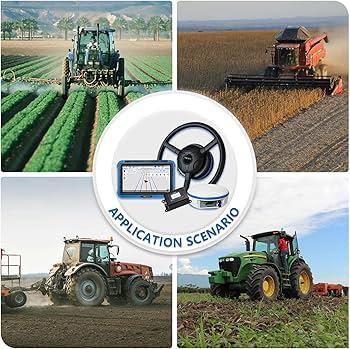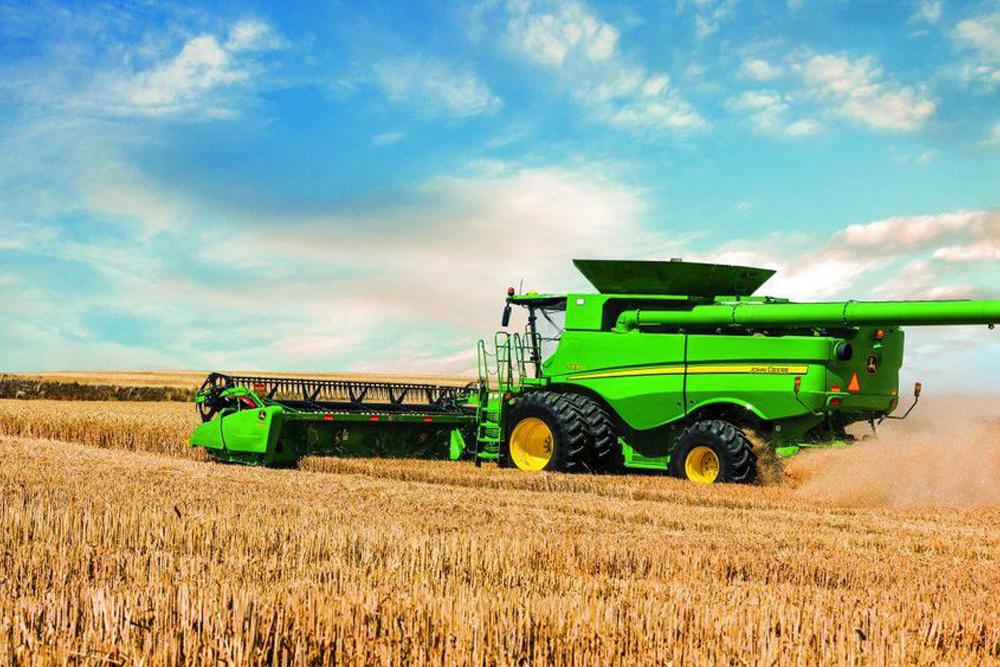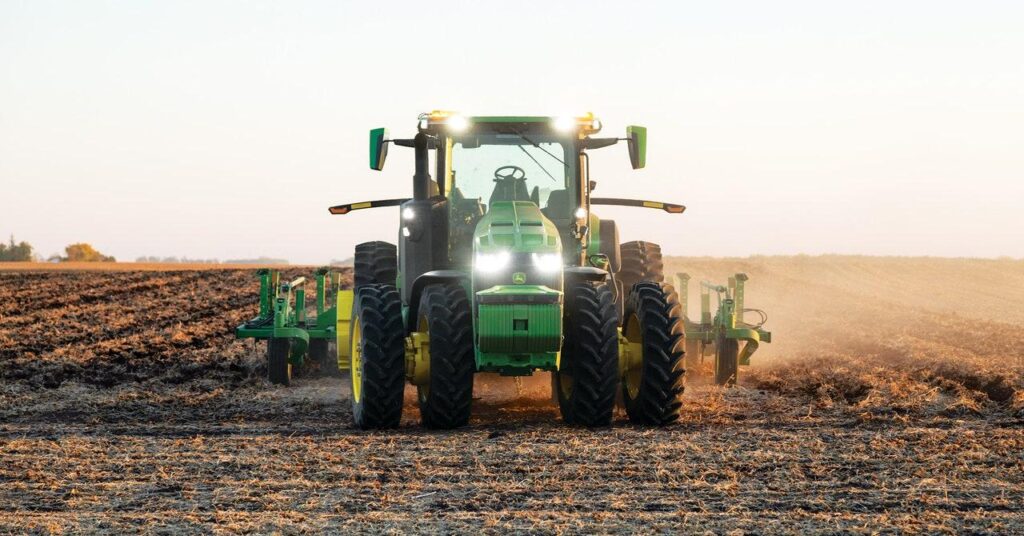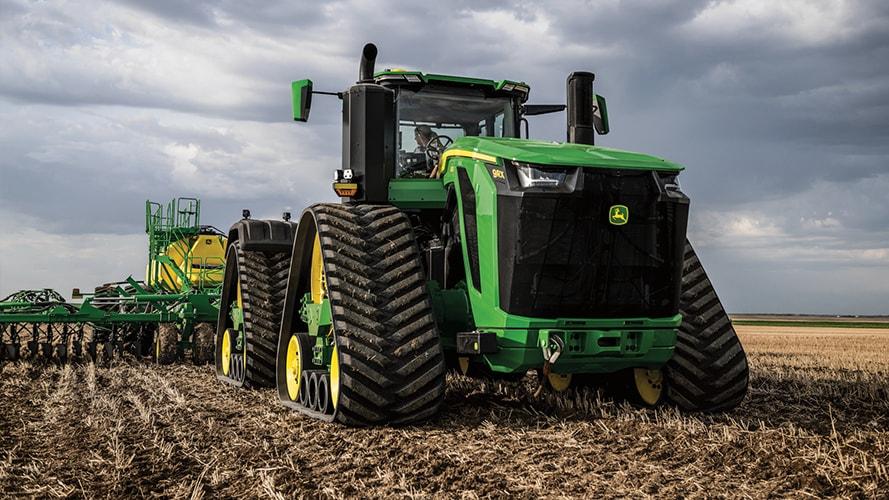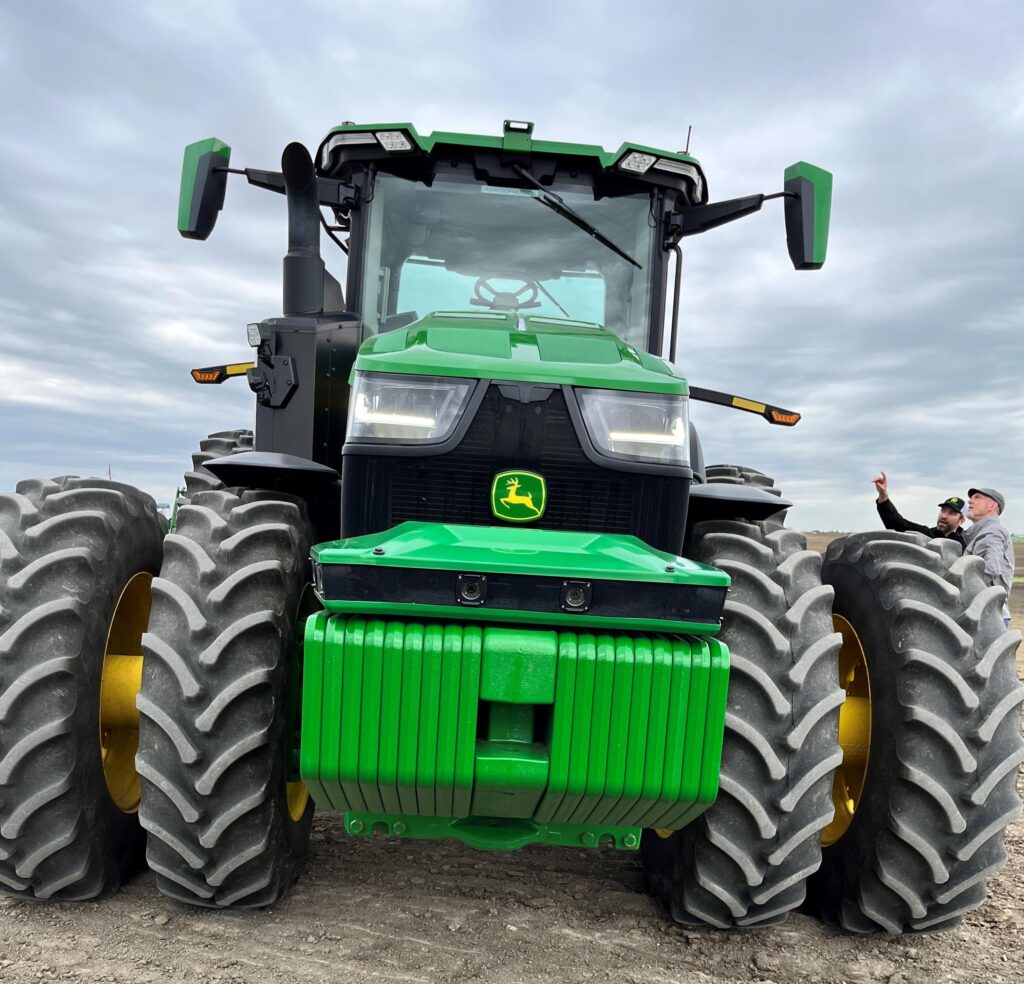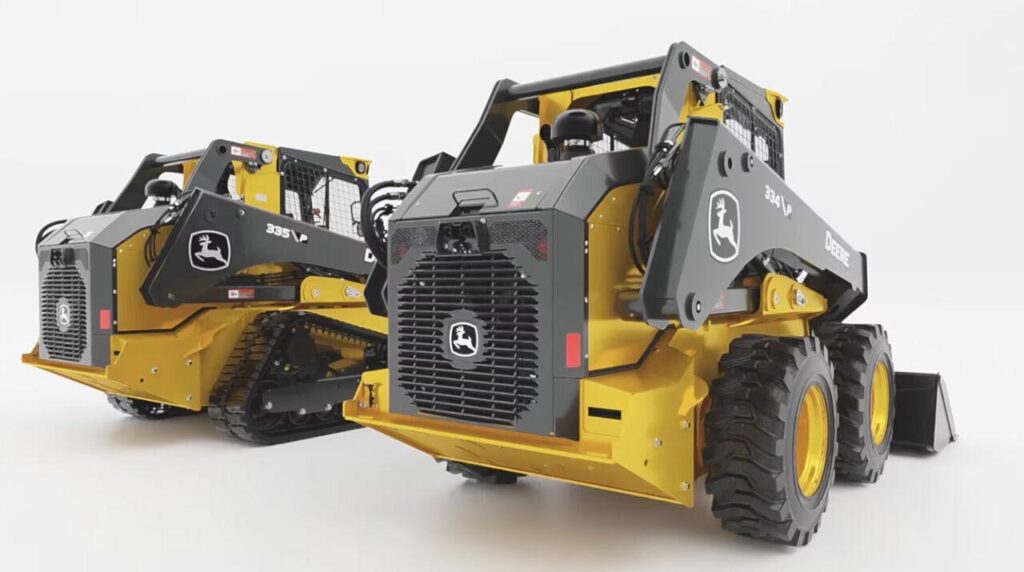Recent advances in precision agriculture have made GPS auto-steering systems increasingly common on large farms, yet many small-scale operations find these technologies financially out of reach. While commercial auto-steer systems typically cost tens of thousands of dollars, a growing movement toward affordable alternatives is emerging to bridge this technological gap. This article explores how budget-kind GPS auto-steer solutions can provide similar benefits to small farms, examining both the technical requirements and practical implementations that make precision guidance accessible at a fraction of the customary cost. Precision farming technologies have traditionally been associated with large-scale operations,leaving small farmers struggling to access affordable auto-steer solutions. Though, recent developments have made GPS guidance systems more accessible and cost-effective for smaller agricultural enterprises.
A basic GPS auto-steer system consists of three main components: a GPS receiver, a steering controller, and a display unit. The receiver captures satellite signals to determine precise field positions, while the controller manages the actual steering mechanisms. The display unit provides the operator interface and navigation information.
Several manufacturers now offer entry-level systems starting around $5,000, significantly less than the $20,000+ price tag of premium solutions. These budget-friendly options typically achieve pass-to-pass accuracy of 6-8 inches, suitable for most field operations like planting, spraying, and fertilizing.
One popular approach involves using a GPS receiver with WAAS (Wide Area Augmentation System) correction, which provides free signal correction services across North America.while not as precise as RTK (Real-Time Kinematic) systems, WAAS-based solutions deliver sufficient accuracy for many applications without subscription fees.
The steering control can be implemented through either an electric motor attached to the steering wheel or a hydraulic system integrated into the tractor’s steering circuit. Electric systems offer easier installation and lower costs but may not perform as smoothly as hydraulic solutions.
Android tablets or smartphones can serve as display units,running farming navigation apps that cost significantly less than proprietary displays. These devices connect to the GPS receiver via Bluetooth or WiFi, providing an intuitive interface for field navigation and operation planning.Some farmers have successfully assembled DIY auto-steer systems using open-source hardware and software components. While requiring technical knowledge, this approach can reduce costs to under $2,000. key components include Arduino or Raspberry Pi controllers, GPS modules, and motor drivers.
Maintenance costs remain minimal, primarily involving software updates and occasional calibration. Most budget systems are designed for straightforward installation, frequently enough completed within a day without specialized tools or expertise.
Small farmers should consider their specific needs when selecting components.Field size, crop types, and required accuracy levels influence system requirements. Starting with basic functionality allows for gradual upgrades as needs evolve and budget permits.
These affordable solutions demonstrate significant benefits, including reduced operator fatigue, improved efficiency, and decreased input waste. Users typically report fuel savings of 5-10% and chemical submission efficiency improvements of 10-15%.
While budget systems may lack advanced features like automatic section control or variable rate application,they provide essential auto-steering functionality that enhances farming operations. The technology’s accessibility continues improving as component costs decrease and more manufacturers enter the market, making precision agriculture increasingly viable for small-scale operations.

